Top 7 Interesting Facts about Helen Keller
Helen Keller was someone who defied her disabilities to become one of the most prolific and outspoken authors of the 20th century. She is also admired for her ... read more...advocacy for women’s suffrage and labor rights. You may already know this much, but there’s so much more about her that you probably aren’t aware of. Here’s a list of some interesting facts about Helen Keller.
-
Helen Keller's formal schooling began when she was accepted into the Perkins Institute for the Blind in 1888. She later attended a variety of other institutions, including the Horace Mann School for the Deaf, before enrolling in Radcliffe College, Harvard University, in 1900. Keller went on to complete a Bachelor of Arts degree in 1904 thanks to financial support from Standard Oil mogul Henry H. Rogers and his wife.
Helen's parents were determined to locate a tutor for her despite the fact that she was essentially unable to communicate. They thought she was capable of learning. Their dreams were realized when they eventually encountered Anne Sullivan. Anne obtained her degree from Boston's Perkin's Institute for the Deaf and Blind (where Laura Bridgman–the first Helen Keller–was educated). Despite being partially blind herself, Anne was able to master the manual alphabet while attending the Institute.Helen was taught the manual alphabet by Anne Sullivan by having her press the handshapes into her palm. Helen quickly mastered the use of a special typewriter and the Braille language. Helen subsequently picked up on Anne's vocalizations by feeling her throat and mimicking the movements. In 1904, Helen created history. She was the first person who was both deaf and blind to earn a college degree. She earned an honors degree from Radcliffe College.
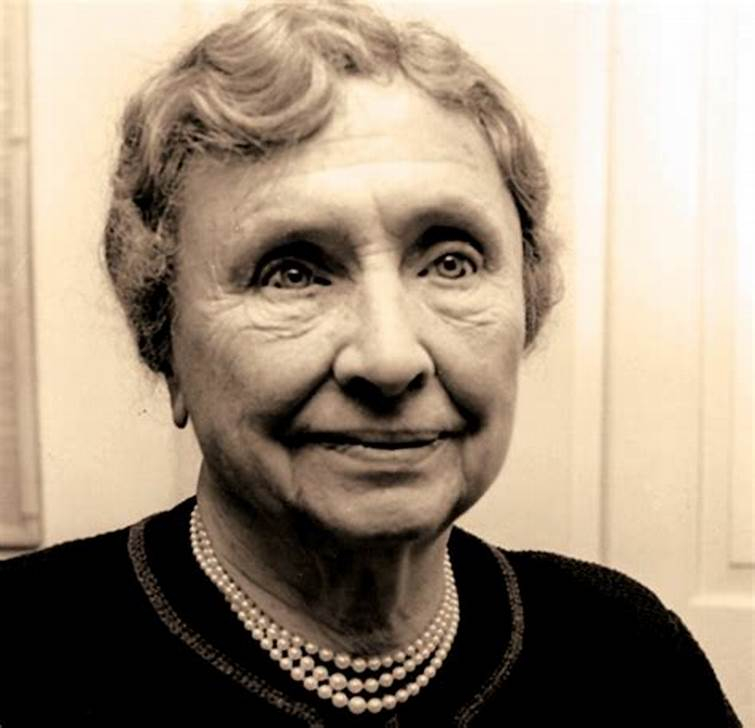
Source: karmuqabla.com 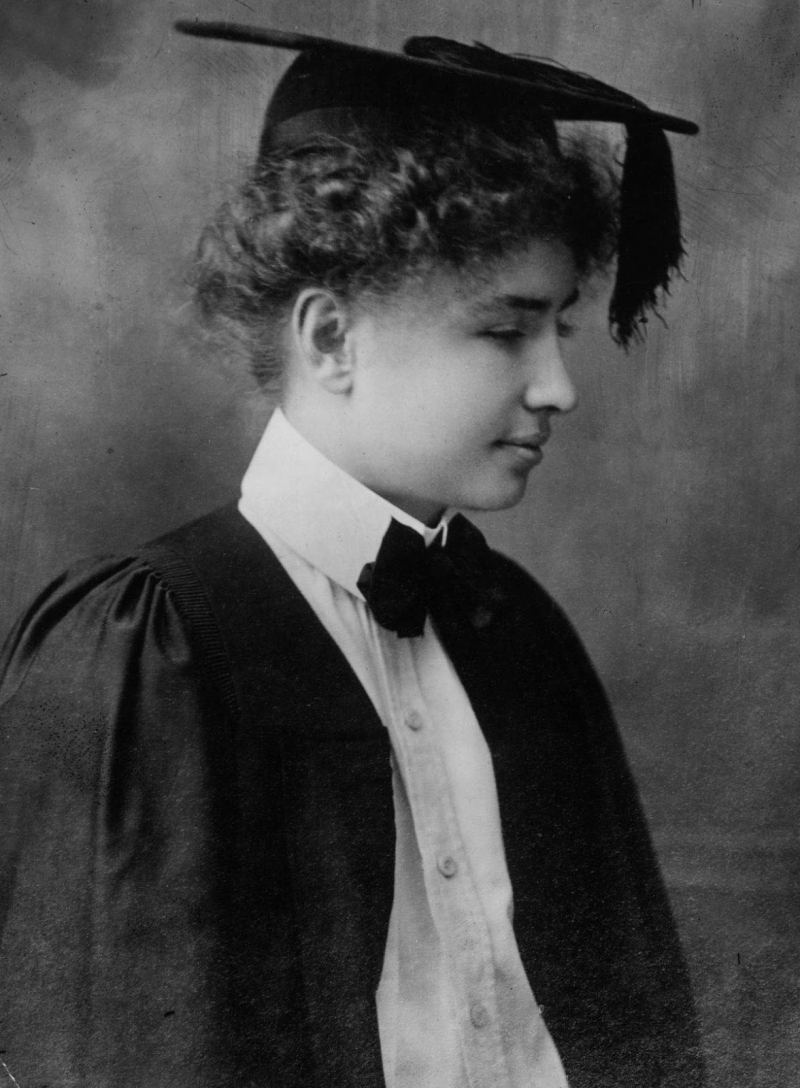
Source: blogspot.com -
Keller employed Peter Fagan, a Boston Herald writer seven years her junior, as her personal secretary in 1916 after Anne Sullivan fell ill. Peter, a 29-year-old unemployed journalist, had been assigned as Helen's secretary by Anne's husband. The sultan said that Helen and Peter had a marriage license in their possession and were preparing to depart. This claim was supported by a New York Times article titled "Helen Keller, 87, Dies: Triumph Out of Tragedy" that appeared on June 2, 1968.
Keller, who was in his 30s, witnessed Sullivan's unexpected illness. She fell in love with and wanted to flee from Keller's private secretary, Peter Fagan. The two fell in love and reportedly made three unsuccessful efforts to elope. But what prevented their union was Keller's family and their eugenic ideas. She was forced to live a single existence as a result. Author Rosie Sultan was inspired to write the book "Helen Keller in Love" by a recent biography that claimed Keller attempted to elope and secretly became engaged.
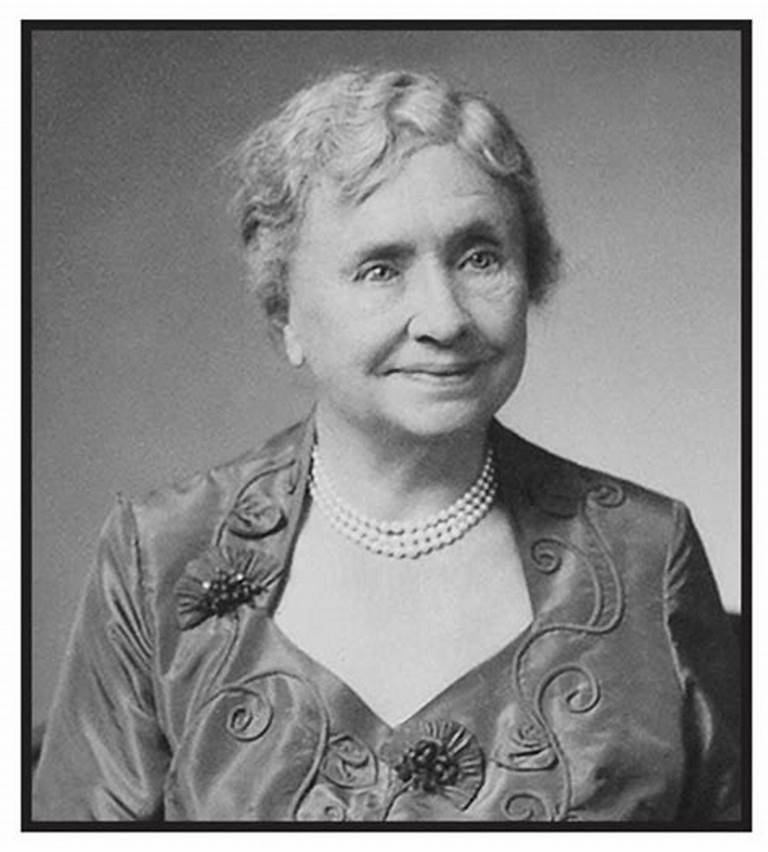
Source: richardpennington.com 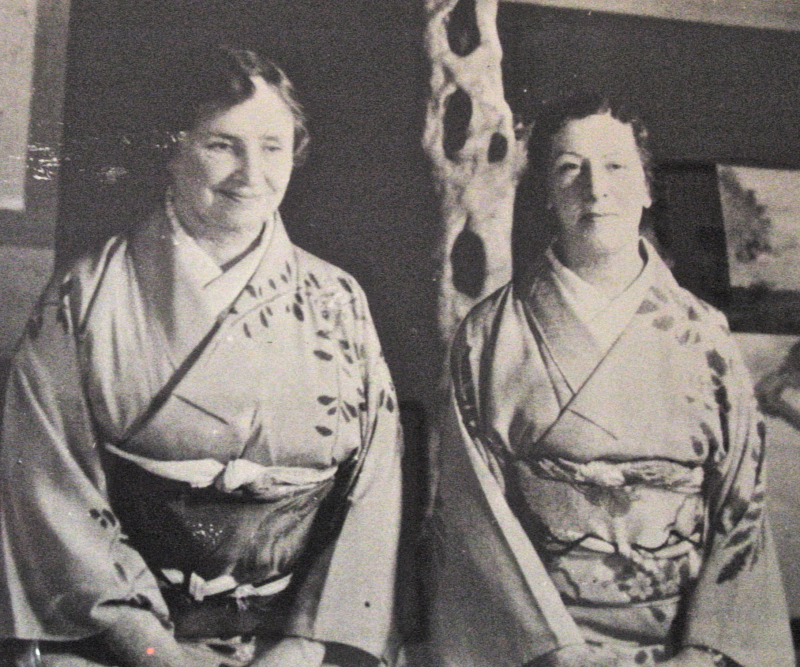
Source: deafniche.com -
Keller was blind and deaf, yet her desire to interact with the outside world outweighed her impairments. She could read lips with her hands and hear what people were saying. Even more amazing is the fact that she could hear music being played just next to her. How did she accomplish that?She only touched a resonant tabletop with her fingertips, that's how. She once heard the renowned early 20th-century string quartet Zoellner Quartet perform for her, and they were taken aback by her ability to understand their composition. When asked how she could take in music and the natural beauty that most people experience through hearing and sight, Keller responded: "Niagara was our destination in March 1893. It is difficult to put into words how I felt as I stood on the ledge that overlooks the American Falls and felt the earth quiver and the air vibrate."
She uttered: "Many people find it unusual that I should be moved by Niagara's grandeur and beauty. What does this or that piece of music mean to you, they question you constantly. You cannot see or hear the waves roaring as they roll up the beach. What do you make of them? They are essential in the most literal sense. As I cannot comprehend or explain love, religion, or kindness, neither can I comprehend nor define their meaning."
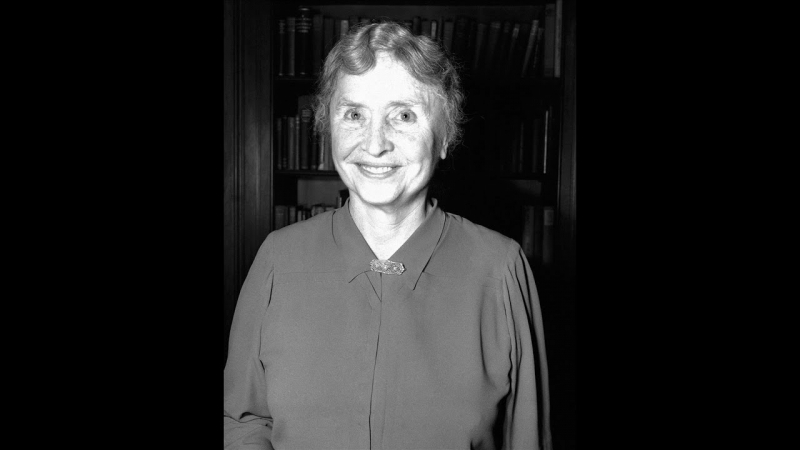
Source: YouTube 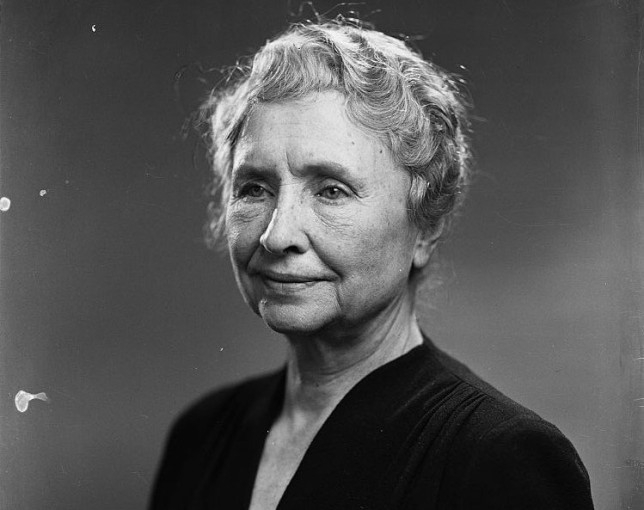
Source: metro.co.uk -
The fact that Helen Keller was a socialist activist is one thing that the United States of America wants to forget about her. She joined the Socialist Party in 1909 and spent the next more than ten years actively campaigning and writing in favor of the working class. She was under FBI observation for more than 30 years as a result of her strong political ideas.
History often remembers people with disabilities in neutered forms. Grew up knowing Helen Keller as the American wild child of The Miracle Worker, the little girl who couldn’t see or hear, but learned to communicate nonetheless and grew up to earn a bachelor’s degree. Rarely is it acknowledged that she was also a fiery socialist who advocated for labor rights and women’s suffrage. John Gianvito’s new documentary Her Socialist Smile, currently playing at the New York Film Festival, is an effort to restore Helen Keller as a political figure.
The Keller from popular culture that is reframed and given new intellectual credibility in the movie is portrayed as an activist and thinker. As she pushed for a Marxist understanding of the oppression of all people, including those with disabilities, she took the topic of disability rights out of the purview of philanthropy and drew a clear connection between disability and poverty and disease. She even advocated for a Braille version of God and the State by Bakunin. At a socialist gathering in Montclair, New Jersey, Keller gave her first public address at the age of 32 despite having severe fear and trepidation. We are sophisticated and comfortable because of the poor and the uneducated, she remarked.
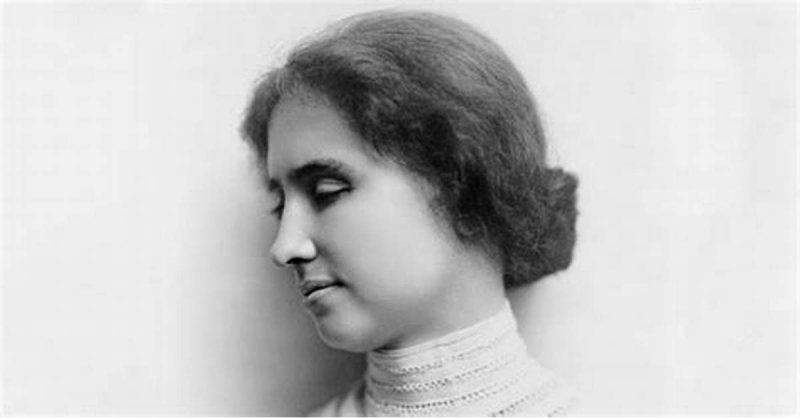
Source: factinate.com 
Source: socialistnetwork.org -
When Keller was 14 years old and enrolled at Cambridge School for Young Ladies, she had the chance to dine with Mark Twain. A close bond that began after this encounter and lasted till Twain's death in 1910 for almost 16 years was born. They shared many interests and political opinions in addition to a passion for traveling and animals. An essential Helen Keller fact is that it was Twain who requested that Henry H. Rogers pay for Keller's education. Along with Charlie Chaplin and Alexander Graham Bell, Keller has a long list of notable friends.
The famed author and comic Mark Twain and the activist and writer Helen Keller, who was deaf and blind, created a mutually supportive society that neither distance nor handicap could stifle. Keller was considered by Mark Twain to be "the eighth wonder of the world" and a "fellow to Caesar, Alexander, Napoleon, Homer, Shakespeare, and the rest of the immortals." The founder of American literature served as Keller's friend and mentor. She claimed that Mark Twain "has his own style of thinking, saying, and doing everything." "I can sense the glint in his eye as we shake hands. He conveys that his heart is a soft Iliad of human emotion even as he speaks his cynical wisdom in an unbearably droll voice.
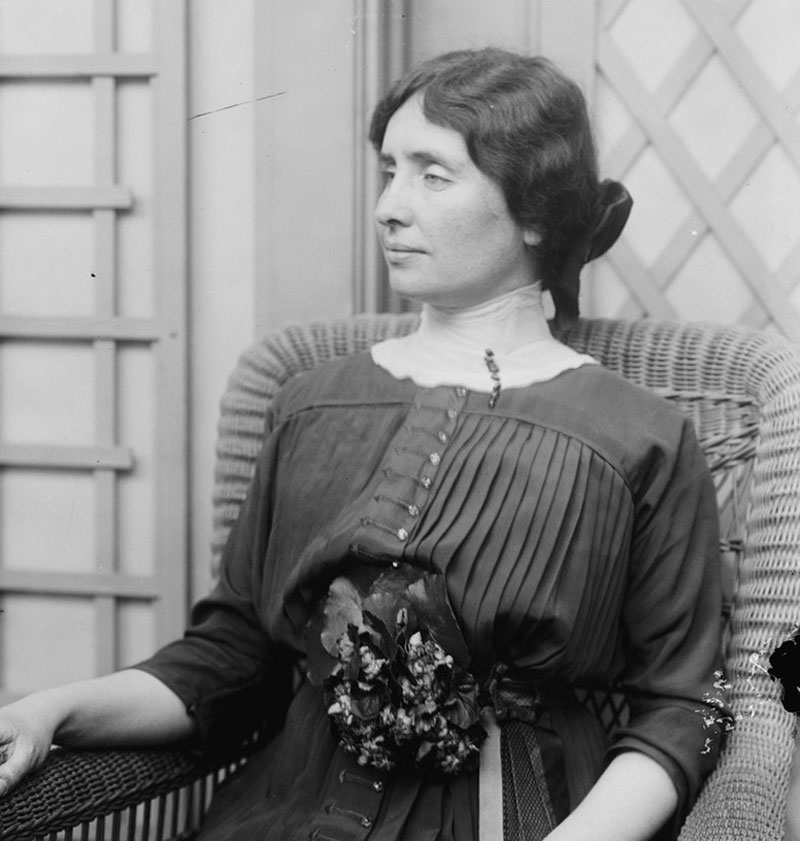
Source: heritagefl.com 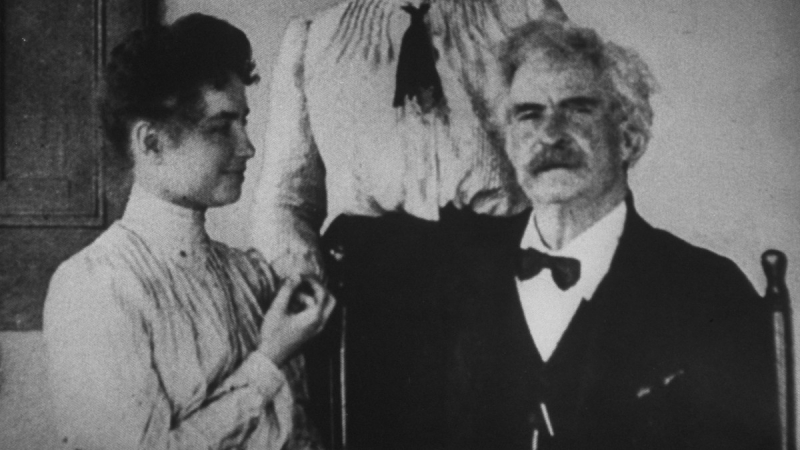
Source: BIO -
At the age of 11, Keller published a short story in The Mentor, the Perkins alumni publication, and The Goodson Gazette, a Virginia-based publication on deaf-blind education. The story, titled "The Frost King," sparked a plagiarism debate. It appeared to be only a copy of "Frost Fairies" from Margaret Canby's book "Birdie and His Fairy Friends."At Perkins, there was an internal trial where eight teachers questioned a young Keller for a few hours before coming to a draw on the matter. She experienced a nervous breakdown as a result of the entire situation and stopped writing fiction for the rest of her life. Mark Twain expressed his disapproval of the occurrence by calling the controversy "owlishly dumb and disgusting" and the attackers of Keller "a collection of rotting human turnips."
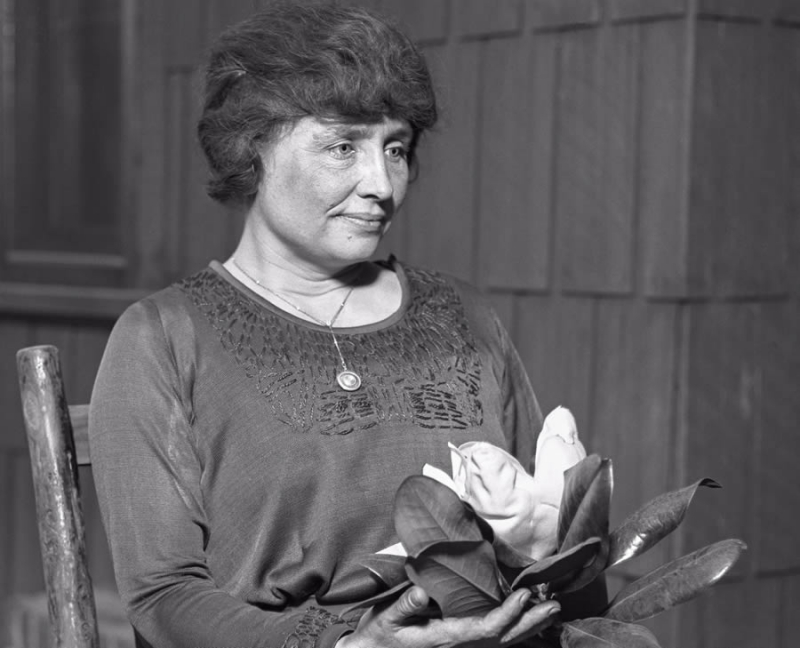
Source: datatorch.com 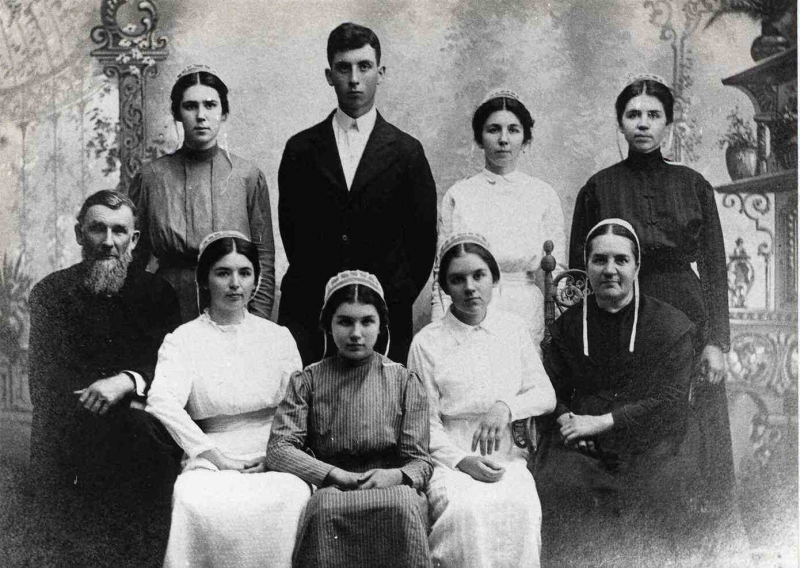
Source: pinterest.ca -
Akita dogs are very common among Americans today, yet they were unknown until the late 1930s. The fact that Helen Keller was the first proud owner of this robust Japanese breed in the US is an intriguing detail about her. The Japanese government gave the author, who had a great love of animals, a pair of Akita dogs in 1938. However, many more of them were introduced to the nation in the 1940s by soldiers who had just returned from fighting in Japan.
At the time of her visit to Japan the Akita was virtually unknown in America. When Keller first met one of these dogs she was impressed by it, and mentioned the fact that she might like to have one of these "faithful dogs" for herself. The Japanese government took this request to heart. They contacted Ichiro Ogasawara, a young Akita City Police Department officer, who was an owner and breeder of these big dogs. Ogasawara was asked to supply Keller with an Akita and he gave her one of his own new puppies. He was named Kamikaze-Go.
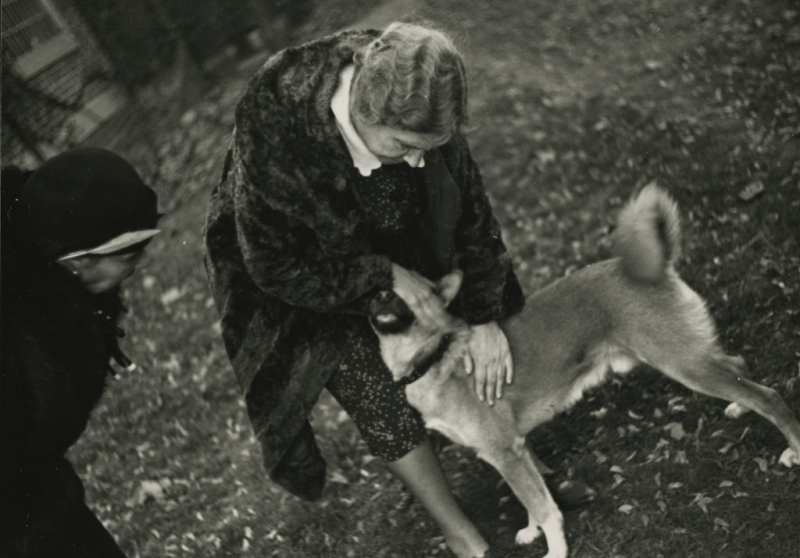
Source: Flickr 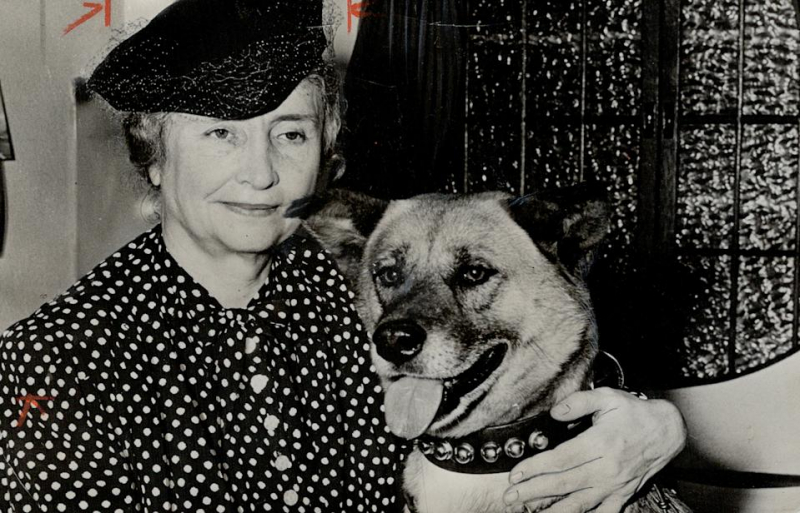
Source: YAHOO!>Kerry Justich




























